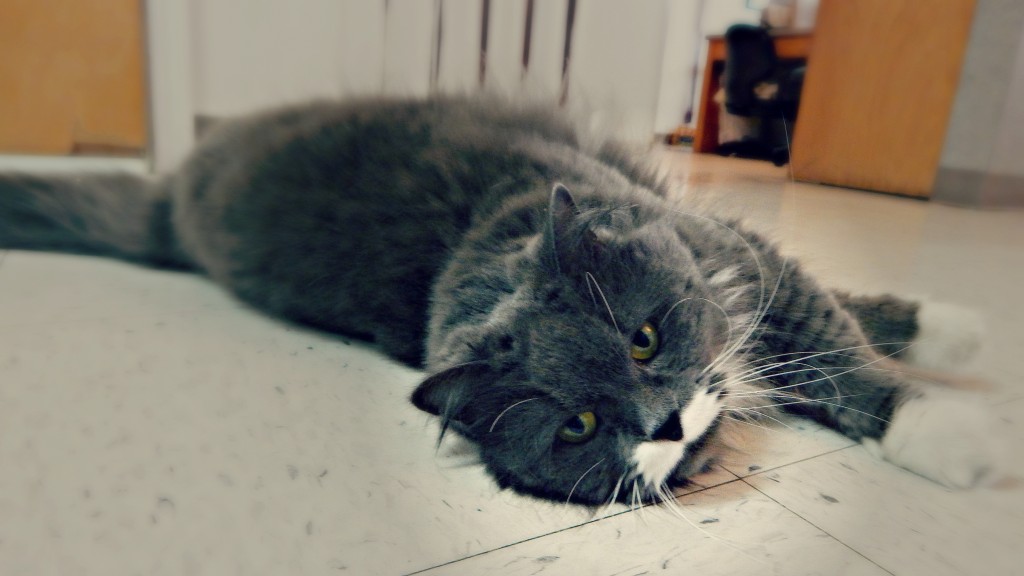The value of your cat’s whiskers is more than skin deep. They are a crucial navigational tool, a pointer to impending danger and even an indicator of mood. Cats typically have a dozen whiskers arranged in four neat lines on each cheek, a few more where we have eyebrows, some under the chin and also on the wrists behind their paws. Each of them serve the same basic purpose: they are sensory, they help them work on where they are spatially.
Cat Whiskers are a Keratin Product
Keratin is the protein that makes up the outer casing of horns in animals ranging from cows to impalas. While the follicles themselves don’t contain nerves so in effect don’t actually “feel” anything at all, the point where they are embedded in the cat is packed with nerve endings fed by a strong blood supply. This is what makes cat whiskers an ideal sensory organ.
What is the Purpose of Cat Whiskers?
When it comes to cat whiskers, it’s all about vibration, airflow and touch, as they are follicular feelers whose scientific name is vibrissae, from the Latin word vibrio, meaning to vibrate. Cats use whiskers to work out if they can squeeze themselves into a box or some other tight space. They also use whiskers to find their way around the dark, similar to the way we use the touch receptors in our fingers to guide us in the same situation.
Cat whiskers detect airflow. This tells them if they are close to a wall or some other object in a dark room. The whiskers are the back of a cat’s paws are arranged to make up for short-sightedness. If they have caught prey, it gives them an idea of where the prey are in the feet.
Similarly, dogs utilize their whiskers but in a less pronounced way, and they do not have the back-of-the-paw feelers that cats have to help them navigate when scampering up trees.
What Happens if Cat Whiskers are Cut Off?
If a cat’s whiskers are cut off, it makes them disorientated. It is more difficult for the cat to assess where his or her surroundings are. The role whiskers play in cats helps the safely leap large distances onto small or narrow landing areas. Sometimes, the whiskers have to be cut if the cat has, for example, an abscess in his or her cheek. Your veterinarian will trim them to get a nice, clean surface. The whiskers will grow back in a couple months, and the actual cutting of them is not painful because they do not have nerve endings in them.
However, cutting the whiskers can make them feel quite disoriented until they do grow back and even a little frightened. Whiskers also shed, so you may find the odd whisker around the place that it has been naturally shed.
If your cat’s whiskers are relaxed and droopy it is a good pointer to a calm, happy cat. However, if they are pinned back up against your cat’s face, it may mean they are quite fearful. Straight forward can mean your cat is angry.
So, what would occur if your cat was to overindulge and become so big that its girth was greater than the span of its whiskers? A normal cat’s whiskers will span out as far as their body can squeeze through. If your cat is obese, then they are not as useful. This is another reason to keep your cat slim and healthy.
These are just a few important things to know about your cat’s whiskers and the importance of them for your furry friend. Contact All Pets Veterinary Medical Center with the link below for more information!
















